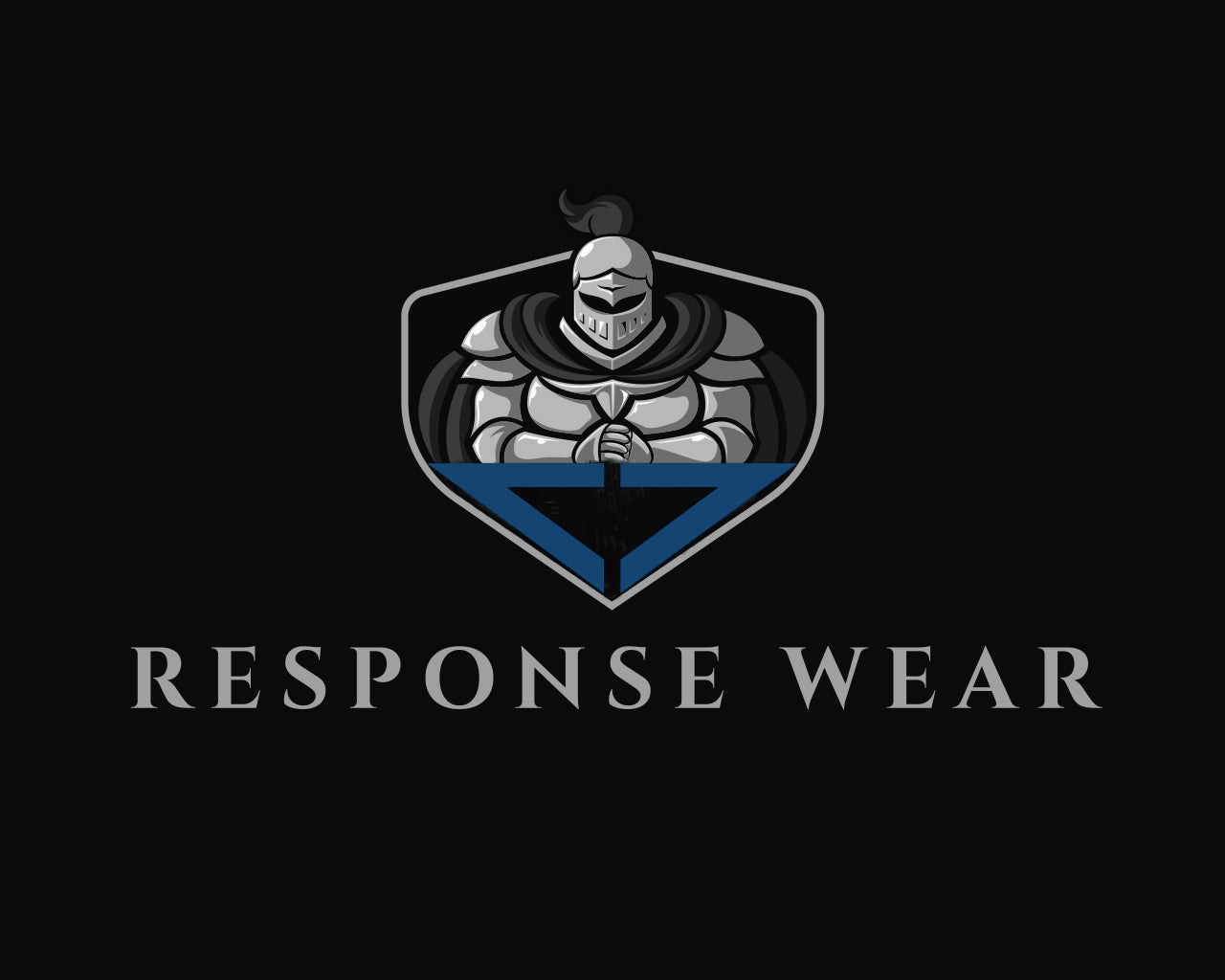
The test standard “Stab and Impact Resistance“ describes the requirements, classifications and test procedures for stab and impact resistant protective equipment, such as body armour, protective helmets and protective shields.
These are items designed to protect against injury caused by attacks with stab and impacting objects. The standard ensures reproducible results, and provides customers and users with a better market transparency. Therefore it becomes possible to objectively compare the products of various providers, which have been tested in accordance with this standard. Additional requirements may be included.
The body armour may be configured as follows: • Combined Protection (“In Conjunction Armour”) If an already tested stab and/or impact-resistant armour is to be worn in conjunction with an already tested ballistic armour, the combination shall also be submitted to a ballistic test (3 shots at an angle of 90°, or in the event of an overlapping model 3 shots at 25°, without prior conditioning). • Upgradable Protection (“In Conjunction Armour”) If an already tested ballistic armour is to be upgraded with stab and/or impact resistance, the combination shall be submitted to a complete stab and/or impact test as well as the ballistic test (3 shots at an angle of 90°, in the event of an overlapping model 3 shots at 25°, without prior conditioning). • Integrated Protection If body armour is designed to provide both ballistic protection and stab and/or impact resistance, the non-separable armour panel is to be subjected to both a ballistic test and a stab and/or impact resistance test.
Should, during the course of a test, a weak area be identified which is not covered by the tests of this standard or the ballistic standard, the examiner shall proceed testing as per this standard. This standard requires specimens of size “S” to be tested. Should the requester/procurer submit other sizes in addition, then they shall determine the extent of possible further tests required.
